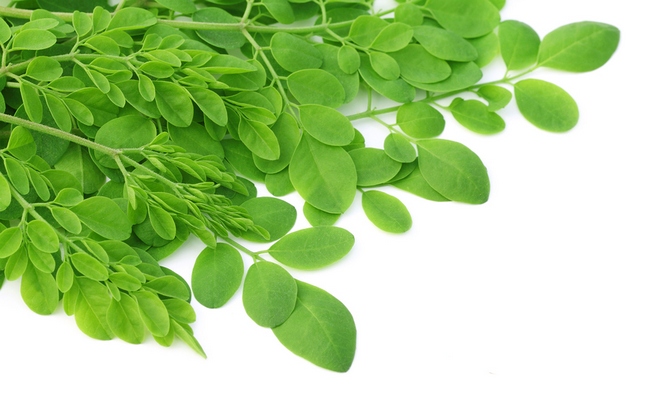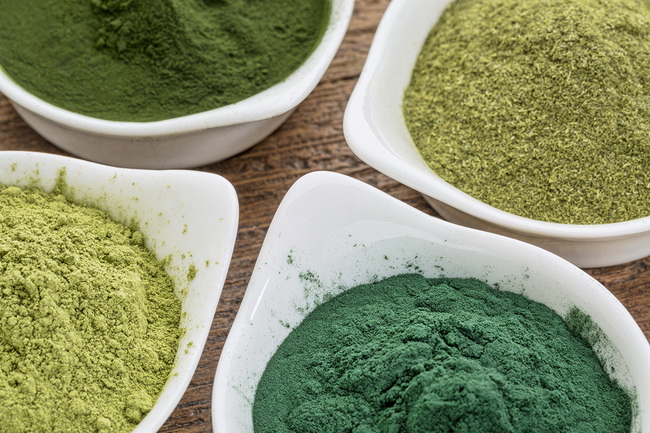- Make It Yourself Lavender Heart-Shaped Bath Bombs!
- 20 Things You Never Knew About “Down There”
- 12 Best Foods For Those Suffering From Arthritis Pain
- 12 Personal Hygiene Mistakes Almost Everyone Makes (Mom Never Told You About #4!)
- 15 Medicinal Plants And Herbs From The Cherokee People
- 12 Mind-Blowing Benefits Of Drinking Coconut Water During Pregnancy
- 12 Outstanding Winter Foods That Won’t Fatten You Up Like A Christmas Turkey
Leaves Of This Tree Shown To Kill Pancreatic Cancer Cells

Photo credit: bigstock.com
Pancreatic cancer is a very, very serious disease with fewer than six percent of patients living more than five years after diagnosis. Currently, the only treatment is chemotherapy, which is not very effective and tends to kill more quickly than the cancer does.
There has been an amazing study recently showing that the leaves from one particular tree, indigenous to Africa and India, killed pancreatic cancer cells in an in virto study. Called “the miracle tree” by many, moringa oleifera is almost unknown in many parts of the world, but after this study becomes more well-known, you can bet you are going to hear a lot about this tree.
A 2013 study published in the journal BMC Complementary and Alternative Medicine showed that when a hot-water extract of the leaves of this tree were applied to human pancreatic cancer cells, moringa oleifera killed 97 percent of these cancer cells within a 72-hour lab test. It also inhibited the growth of all other types of pancreatic cell lines tested.
This tree has a long history in its native countries of being used to treat everything from pain and fever to asthma and depression. Shown to have anti-fungal, anti-bacterial, and anti-diabetes compounds, this plant also has tons of anti-cancer compounds, including kaempferol, isoquercetin, and rhamnetin. Studies so far have also found that the leaves of this tree are effective in fighting against melanoma (skin cancer), lung cancer, ovarian cancer, and now, pancreatic cancer.
Another study, published in 2003 in the Asian Pacific Journal of Cancer Prevention, found that mice who consumed moringa seedpod extracts had a dramatic reduction in skin papilloma, which suggests that this plant can prevent one of the most deadly types of skin cancer, melanoma.
Continue to Page 2

Photo credit: bigstock.com
Of course, there needs to be more research on this plant, especially studies involving humans, but this study is important as it indicates the plant has a powerful start when it comes to possibly being a cancer treatment.
Moringa is currently used extensively throughout Asia, Central America, Africa, and the Caribbean. If you don’t believe that an in vitro study means much, consider this: Moringa is the largest crop grown in India, where it is not only consumed on a regular basis, but where the death rate from pancreatic cancer in that country is an almost unbelievable 84 percent lower than it is in America.
SEE ALSO: Best 12 Foods and Herbs for a Healthy Pancreas
There are 13 species of moringa that range from incredibly tall trees to tiny herbal plants. The most common of these species is Moringa oleifera, a fast-growing tree that has been used for centuries as medicine. Some people call this species of tree the “drumstick” tree because it has long, slender seed pods that look like drumsticks.
In addition to its cancer fighting compounds, moringa has many other nutritional benefits, which is why this crop is so popular in many other countries.
Moringa has three times the amount of iron found in a serving of spinach. It also has high levels of protein, calcium, antioxidants, as well as vitamins C, B, and A. In fact, the leaves of this tree have seven times the amount of vitamin C in an orange, four times the amount of vitamin A than a carrot, and four times the calcium in a glass of milk.
The leaves of this tree also contain essential amino acids which improve and strengthen the immune system.
So even if you aren’t looking for a cancer-curing supplement, moringa oleifera has more nutrition than you can shake a stick at!
You can find moringa oleifera extract supplements in most health food stores, and it is readily available online. Be sure you are buying from reputable sources.
References:
































